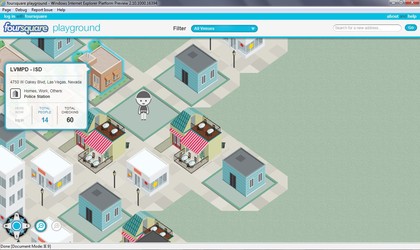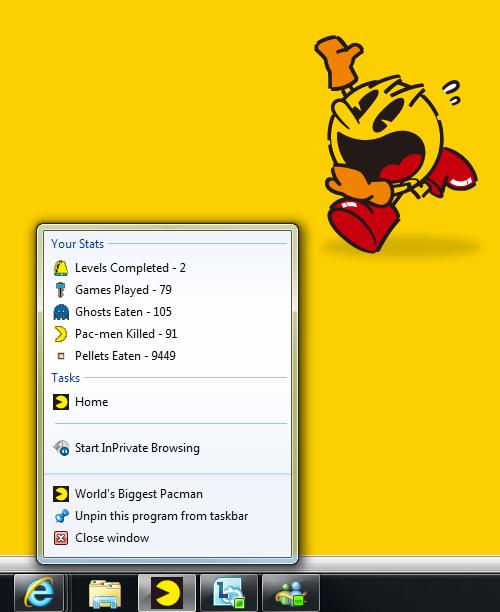What IE10 tells us about Windows 8
IE10 isn't just about keeping up with Chrome

Why did Windows senior vice president Steven Sinofsky interrupt the IE10 demo at the MIX conference to wave around a slinky Samsung notebook and announce a Microsoft developer conference this autumn?
It's not just because IE10 will only run on Windows (and only on Windows Vista, 7 and 8 at that). It's because IE10 is trying, like IE9, to straddle the two worlds of open, ever-evolving web standards and the power in Windows that makes you want to use the operating system.
And it's also because by the time IE10 arrives next year, almost certainly at the same time as whatever the next version of Windows gets called, the Windows platform will mean something rather different from what it does today.
Sinofsky isn't just taking the opportunity to say that PC hardware can be slim and sexy too; he's subtly tying IE10 to Windows 8 - and to Windows 8 on ARM.
Although he flourished an x86 PC, the IE10 platform preview he demoed was running on an ARM chip on what Sinofsky has previously called "the next version of Windows"; a 1GHz ARM Family 7 Model C09 Revision 100 to be exact, which is an Nvidia Tegra 2 processor.
So the hardware acceleration of IE10, which he showed outperforming a nightly build of Chrome - at least on Microsoft's own tests - is already working on ARM GPUs as well as on PC GPUs.
There are other hints in the IE10 platform preview about Windows 8 and the way Microsoft wants to make it the best place to run web apps.
Sign up for breaking news, reviews, opinion, top tech deals, and more.

THAT'S NATIVE: HTML5 geolocation in IE10 gives web apps like the Foursquare Playground the kind of tools you used to need to build a Windows app to get
The two main complaints about IE9 have been not running on Windows XP (which isn't going to change in IE10) and not supporting a wider range of web standards (which will).
When IE general manager Dean Hachamovitch says that "the native experience continues to be better" he isn't saying that people want Windows apps; he's claiming that building IE9 and 10 on the new technologies in Windows 7 and 8 gives you better performance (and better security) than running on XP - and maybe better than running on Mac or Chrome OS as well.
"Someone spread too thin across too many different operating systems, and too many different versions of too many operating systems, can't deliver the best on all of them," he says. IE on Windows can have jump lists that let web apps feel more like Windows apps; the World's Biggest PacMan anniversary game in HTML5 shows how many ghosts you've eaten in a dynamic jump list on the Windows task bar.
Expect IE10 to integrate into the Windows 8 experience natively in similar ways.

LIKE AN APP: Jump lists with your PacMan scores in Windows
IE10 release date
Microsoft hasn't talked at all about an IE10 release date; that's less because the IE team has only been working on it for three weeks and more because being too precise would give more clues about the Windows 8 timeline (which we should learn about at the unnamed September developer conference).
In a sense, the IE team has actually been working on IE10 since it started IE9 a few weeks after Windows 7 was finished; the IE banners at the convention centre show the IE9 timeline through the different stages - and the timeline continues on past release with an initially blank next stage, which was labelled as IE10 Platform Preview after the announcement.
As principle program manager Jason Weber put it, "IE9 didn't really stop; we just got it stabilised and then carried on."
Mary (Twitter, Google+, website) started her career at Future Publishing, saw the AOL meltdown first hand the first time around when she ran the AOL UK computing channel, and she's been a freelance tech writer for over a decade. She's used every version of Windows and Office released, and every smartphone too, but she's still looking for the perfect tablet. Yes, she really does have USB earrings.